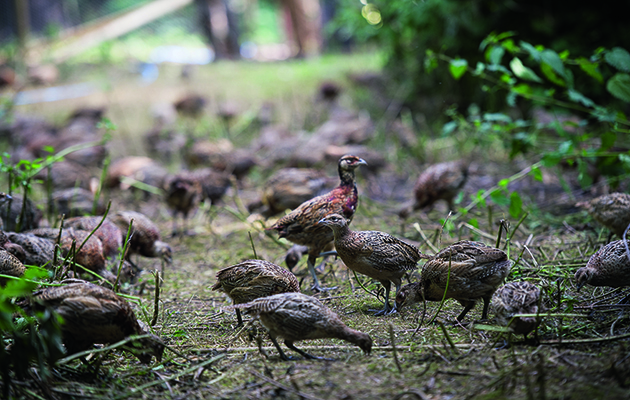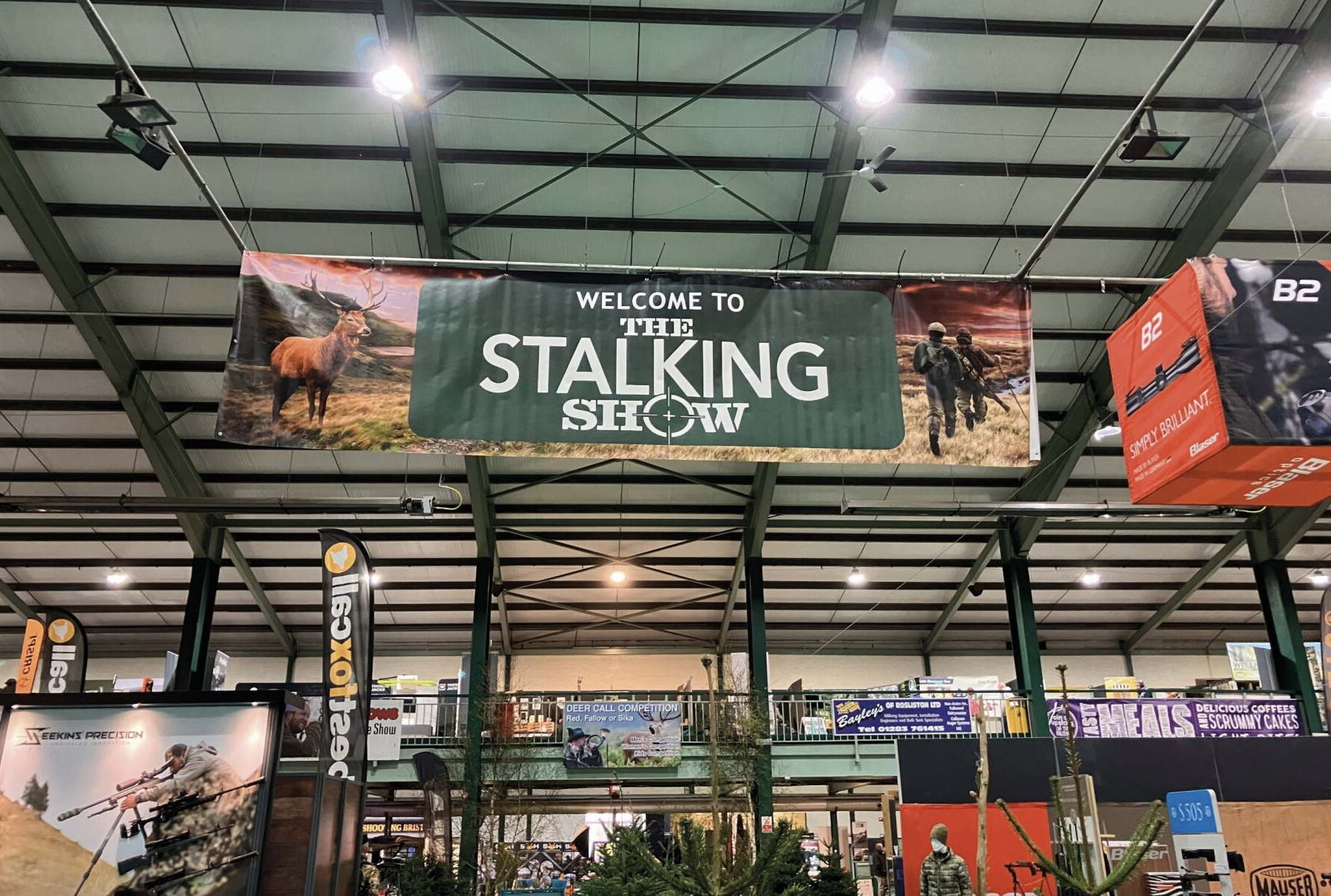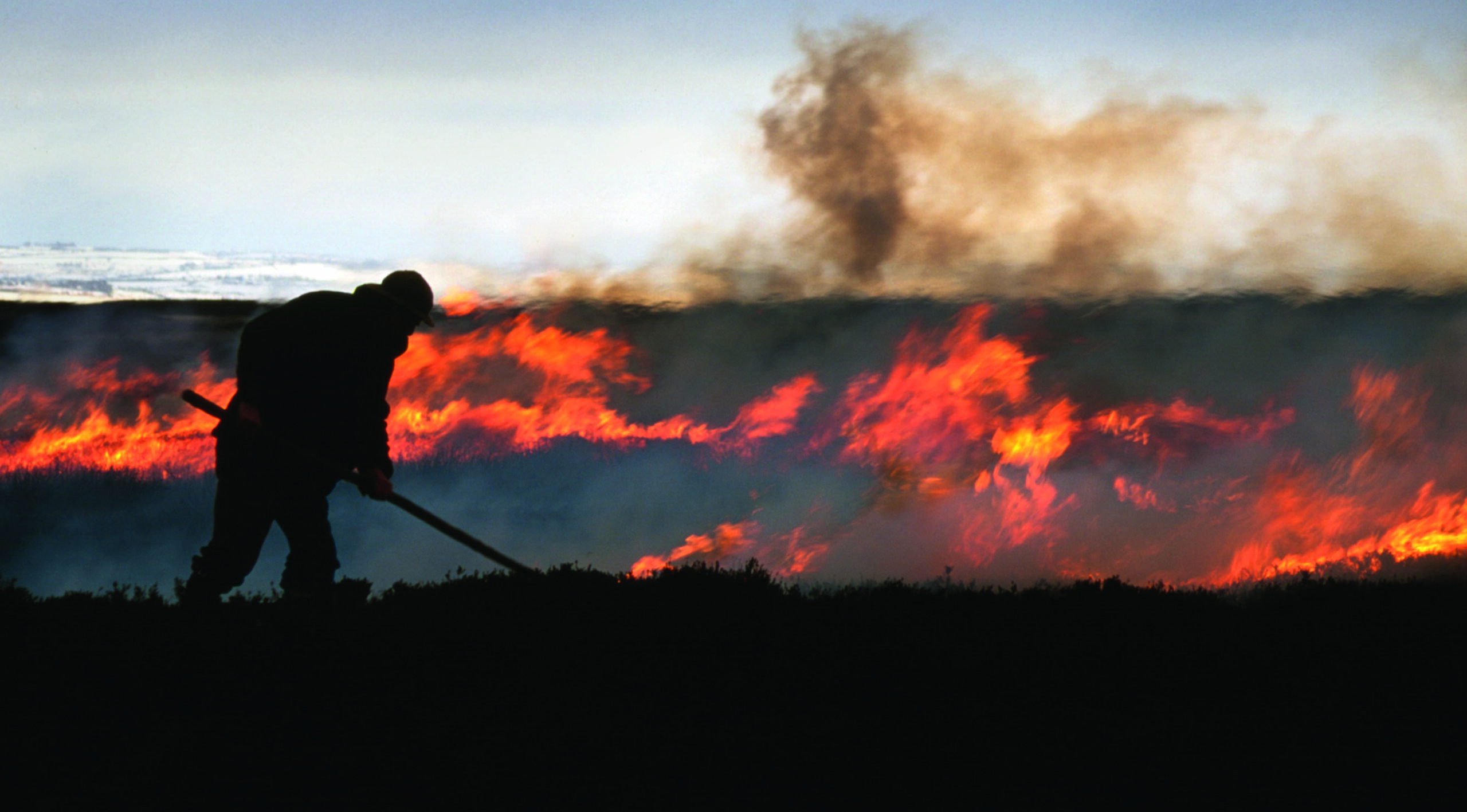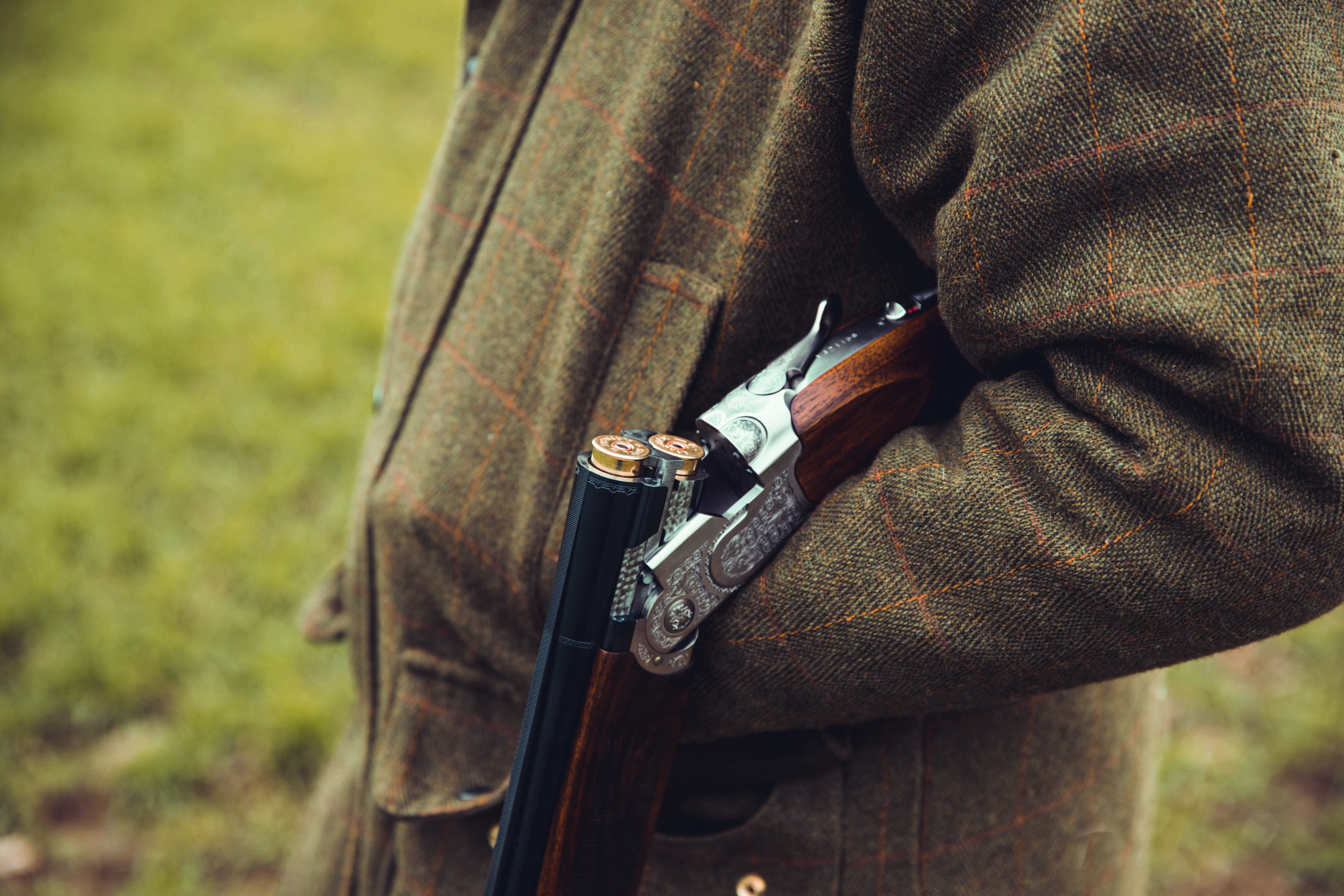The results of this year’s Savills Game and Conservation Benchmarking survey may surprise you
Beaters' pay up, greater environmental commitment - what else did the annual Savills Game and Conservation Benchmarking Survey, in conjunction with the GWCT, bring to light?

So how have driven game shoots performed through the 2018/19 season? Is it good news for shooting? Savills and the GWCT collected data from 88 UK shoots and this is what they discovered.
Game and Conservation Survey 2019

Source Savills Research
Facts and figures
- Over 1800 days were shot, more than a million birds were put down and 150 full or part-time staff employed
- Total turnover was over £8.5 million.
- Over the last three seasons, the average pay rate for beaters increased by 20%
- Overall average total cost per bird put down £14.13
- Around 35-40% of birds are shot, so the cost per bird shot averages £39.24
- Average income per bird shot on let days is £36.92
- 63% of shoots plan to increase their charges next season, which is fewer than last year
- In 2018/19 shoots increased their pheasant charge per bird by an average of £1.88. Partridge charges increased by £1.85
- The GWCT says: “Variable costs per bird put down at £9.25 were 7% higher when compared to the 2017/18 season. This was mainly accounted for by a 9% increase in feed costs due to higher cereal prices. Also beaters’ and pickers’ up pay on average increased by 13% per bird put down and is the third largest variable cost.”
- 41% of the shoots surveyed are now members of a shoot assurance scheme (such as the British Game Alliance)
Environmental plus points
Survey results show that shoots are working increasingly hard on environmental management.
- 74% of participating shoots used land covered by a stewardship agreement
- 81% say they are seeking to join a successor scheme when their current agreement expires
- 81% of shoots have established buffer strips, up from 77% in the last three seasons
- Over half of shoots are including a pollen and nectar mix in their habitats
- 23% voluntarily feed songbirds
- 86% have managed woodland in the last 10 years, averaging 308 acres each
However work remains to be done. Only 86% of shoots feed after the season has ended, down from 94% across the three previous seasons. Feeding remaining birds is recommended best practice in the Code of Good Shooting Practice and also benefits other farmland birds. The survey also points out that alongside positive environmental contributions it is clear that shoot economics continue to be finely balanced as inflating costs necessitate increased charges.









